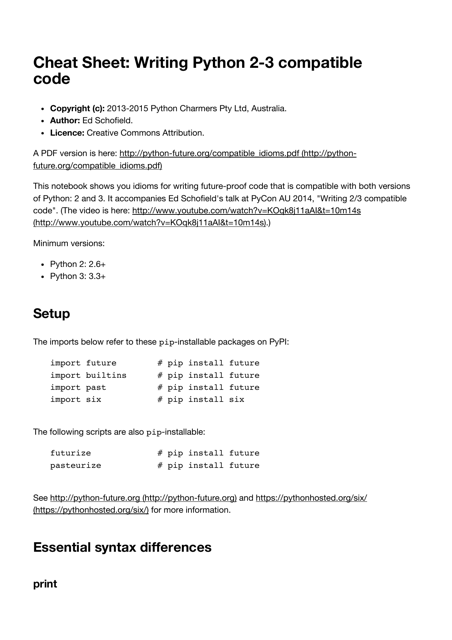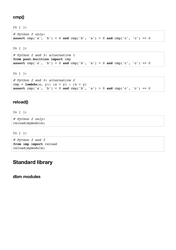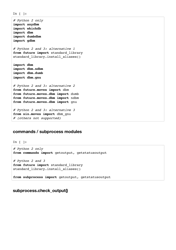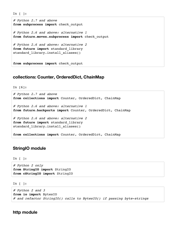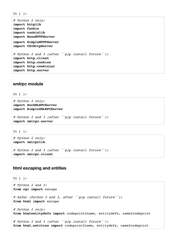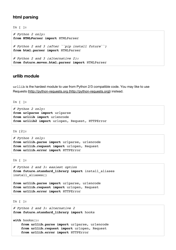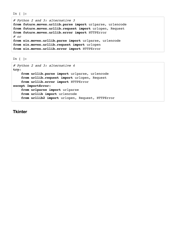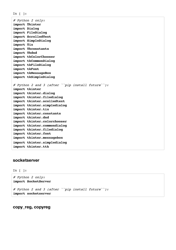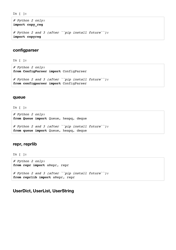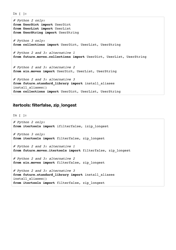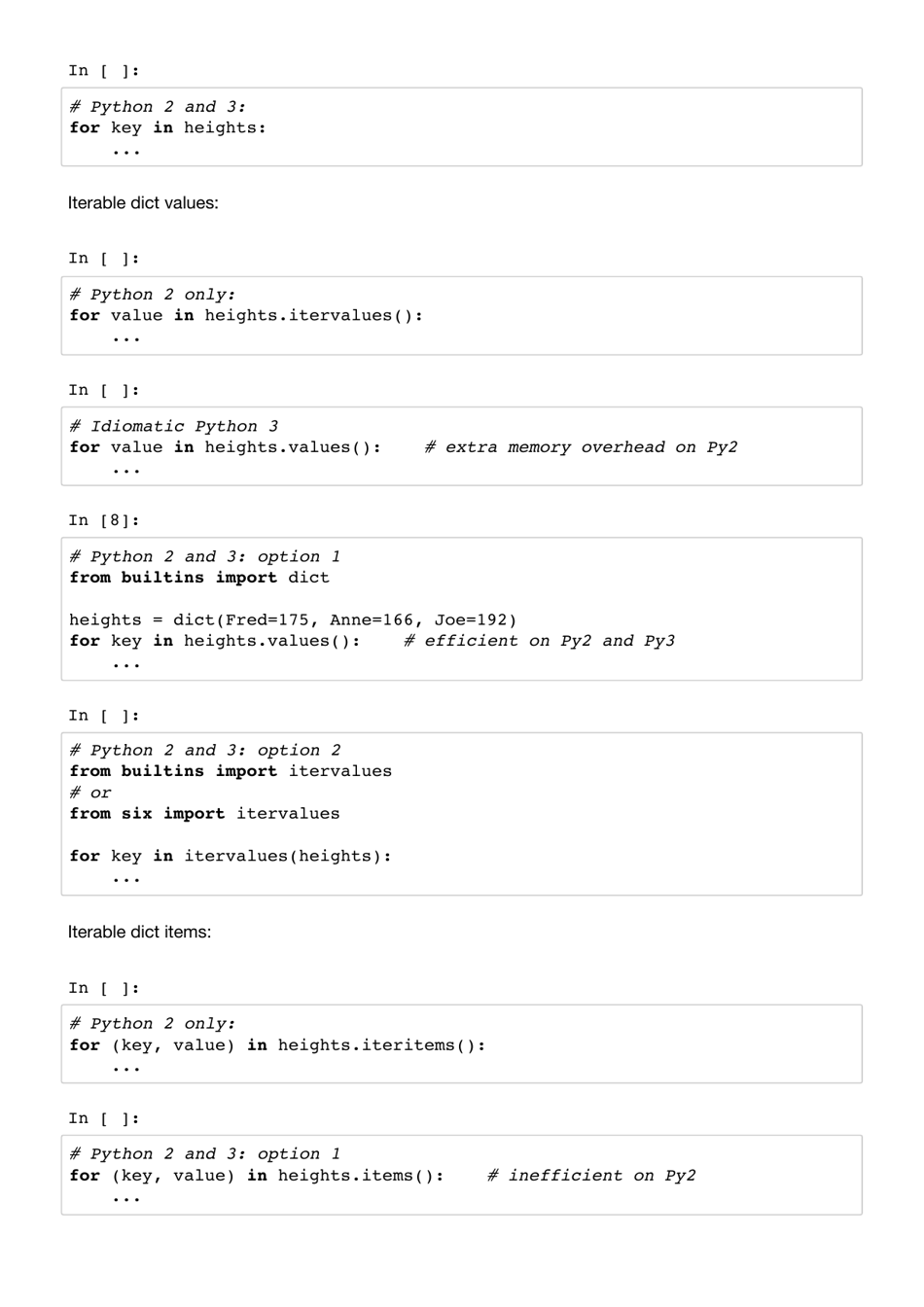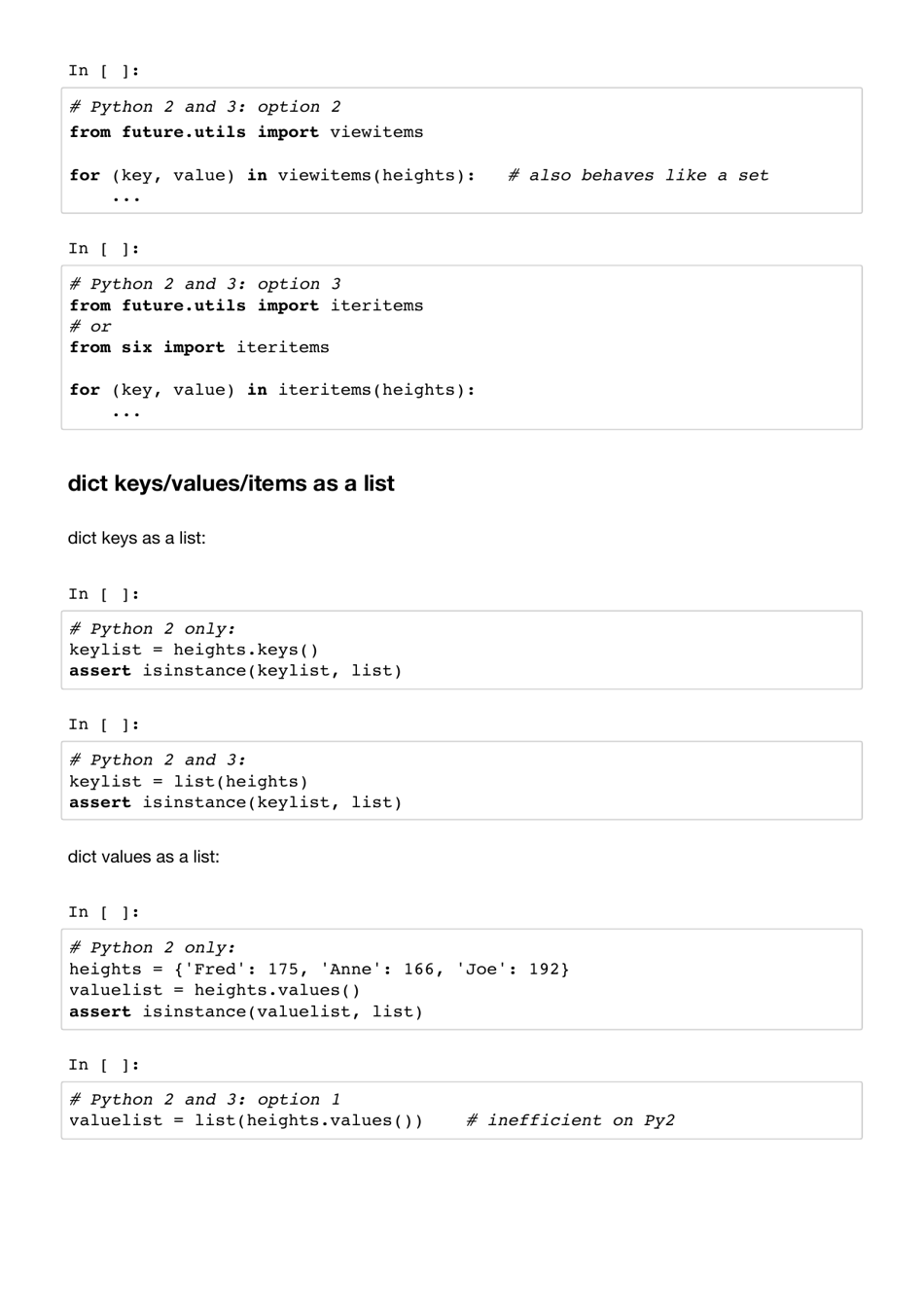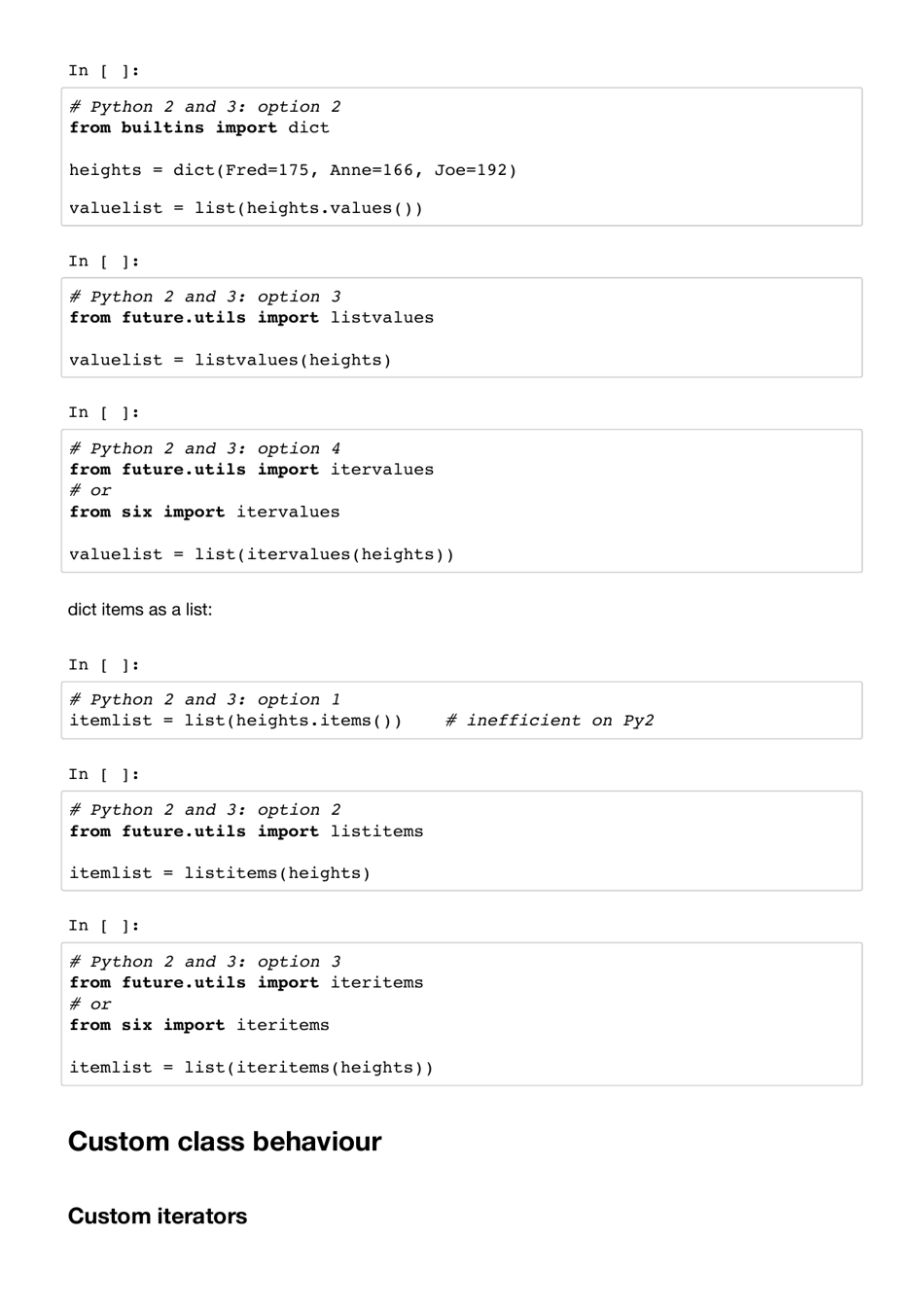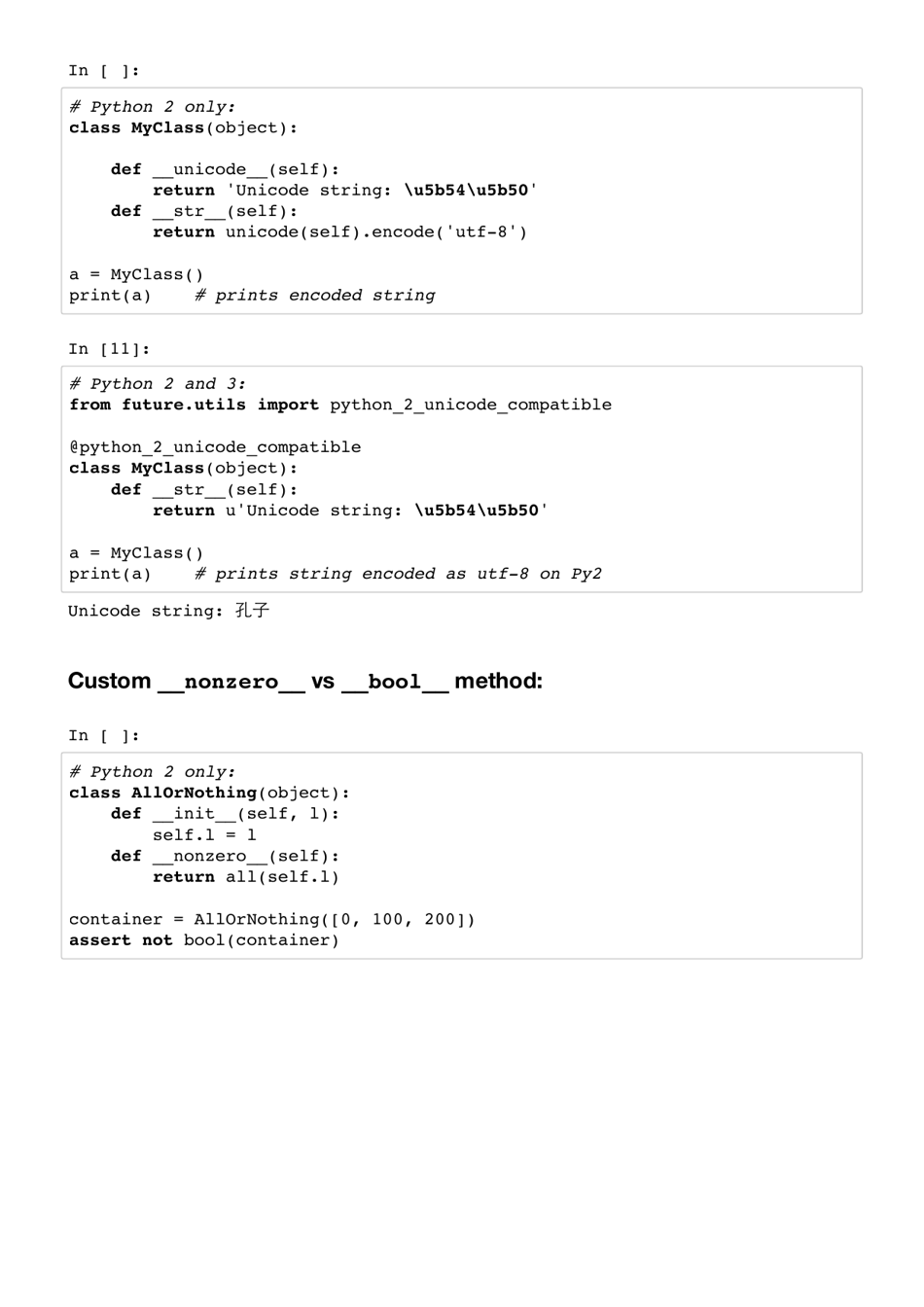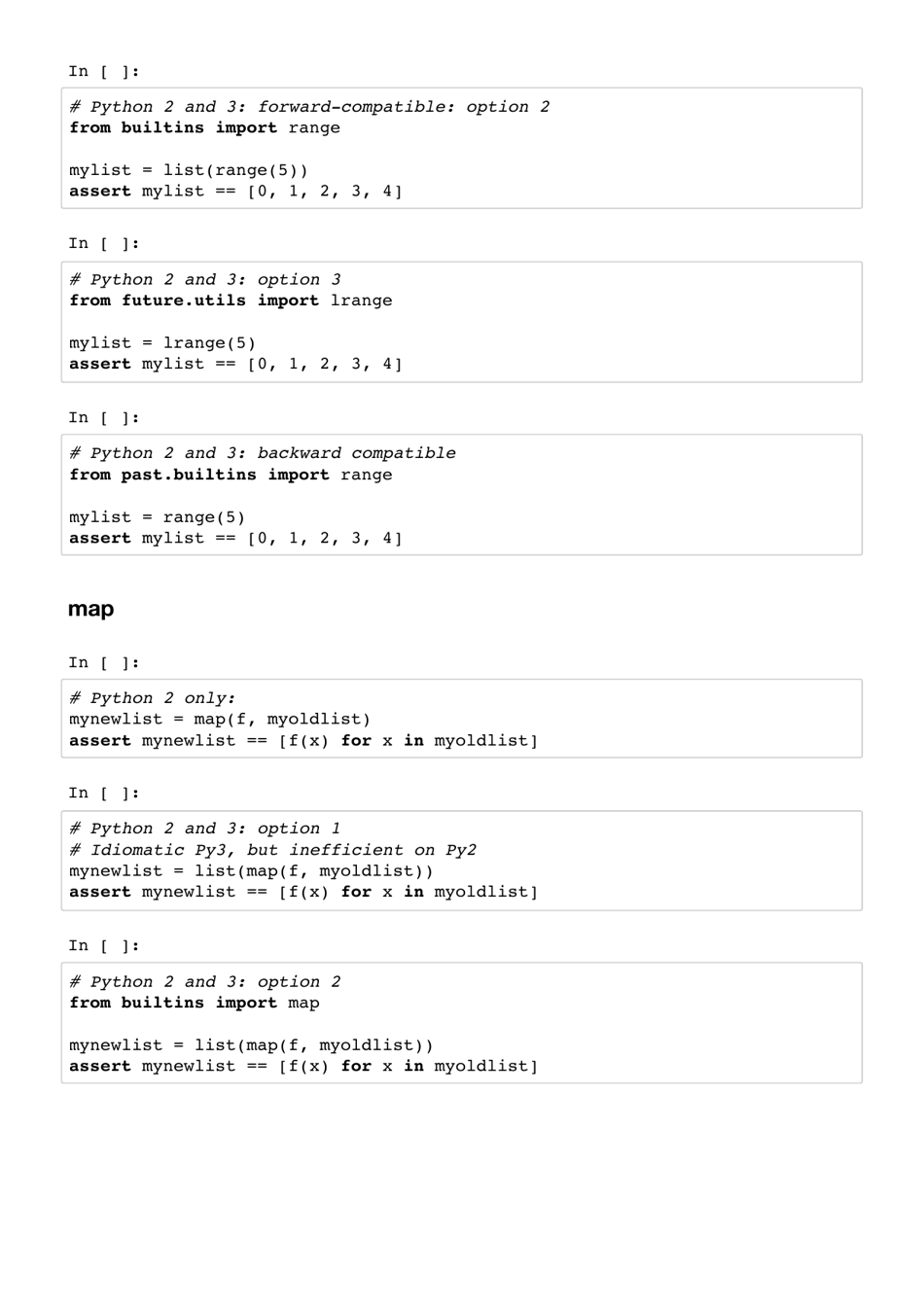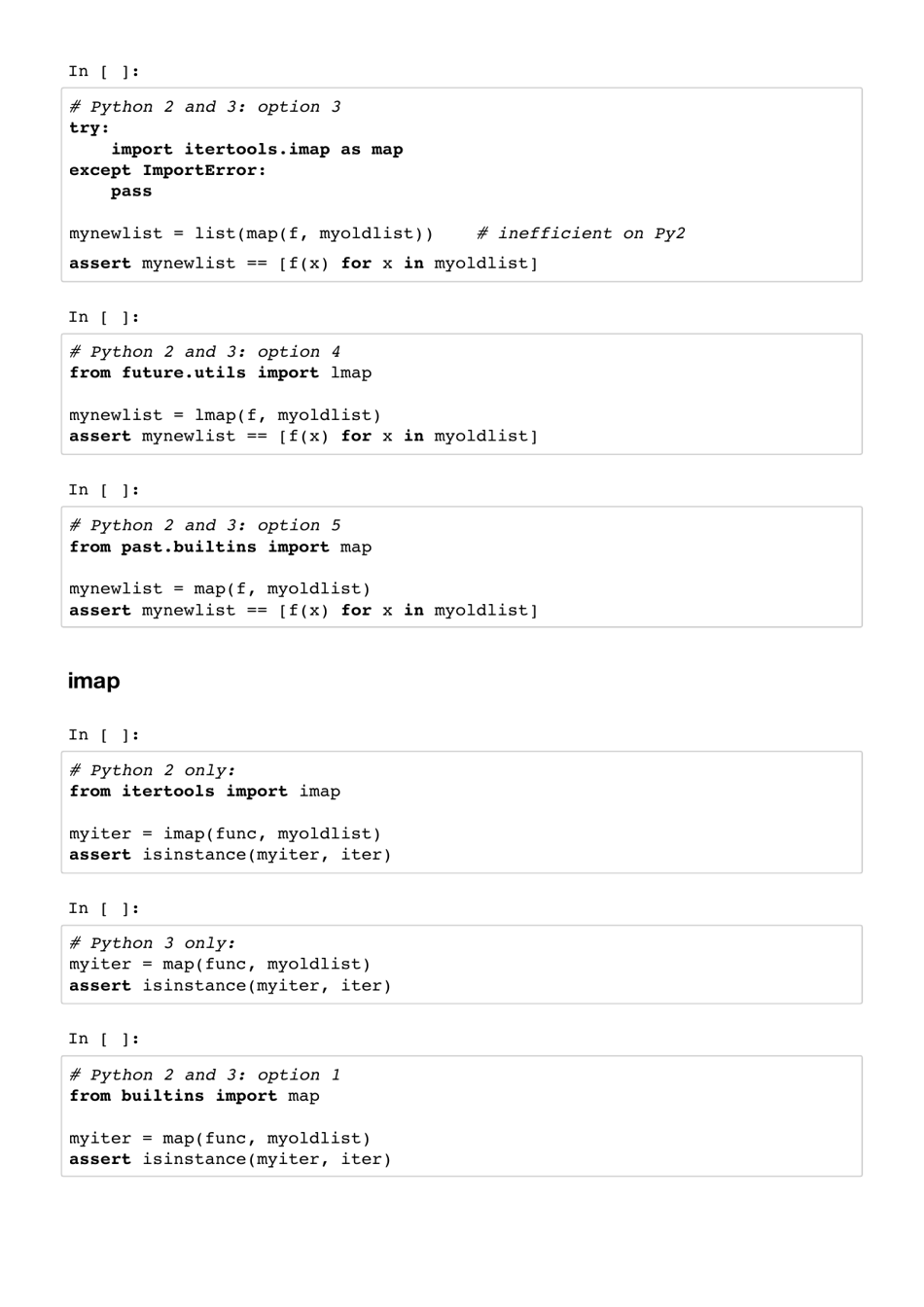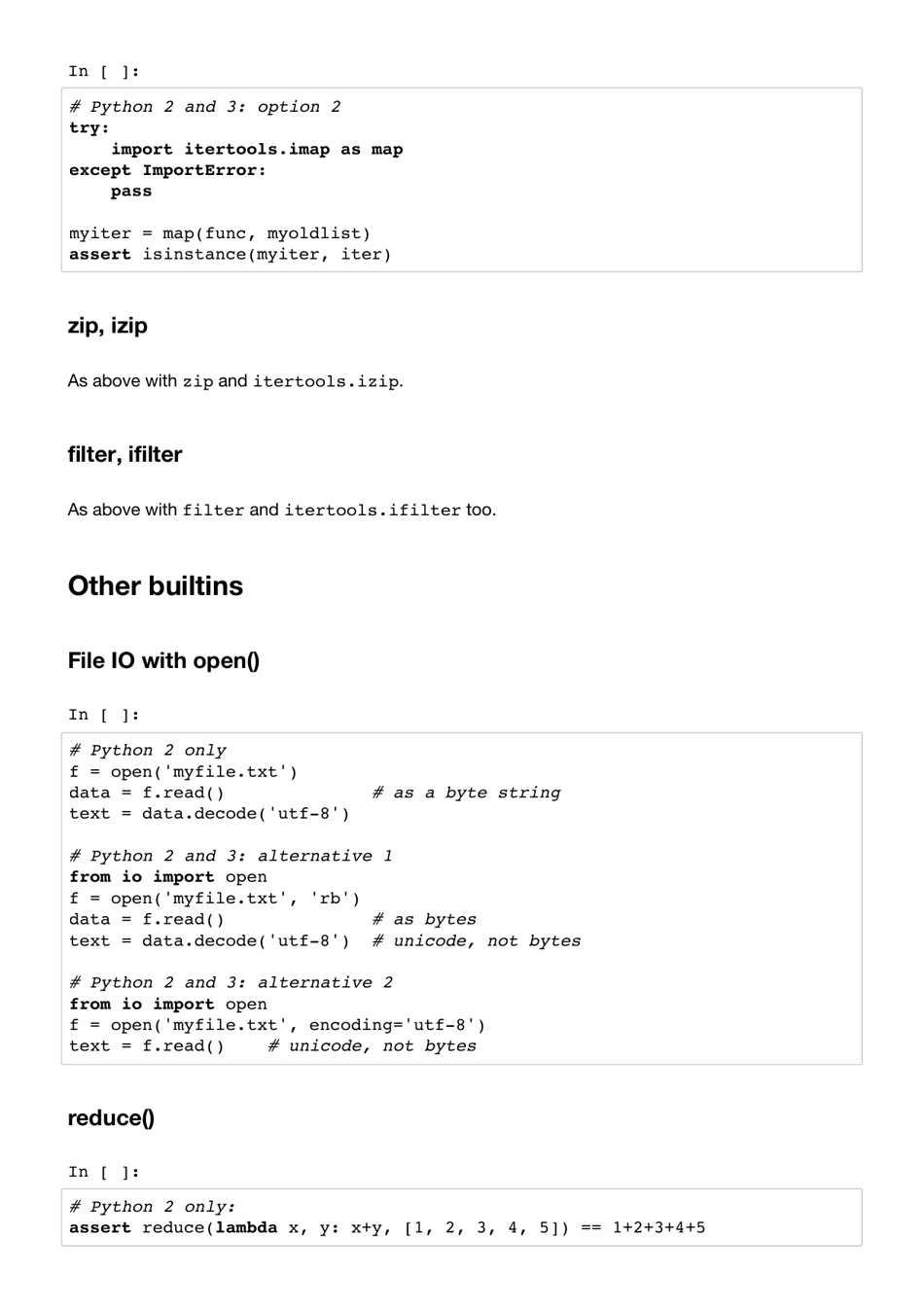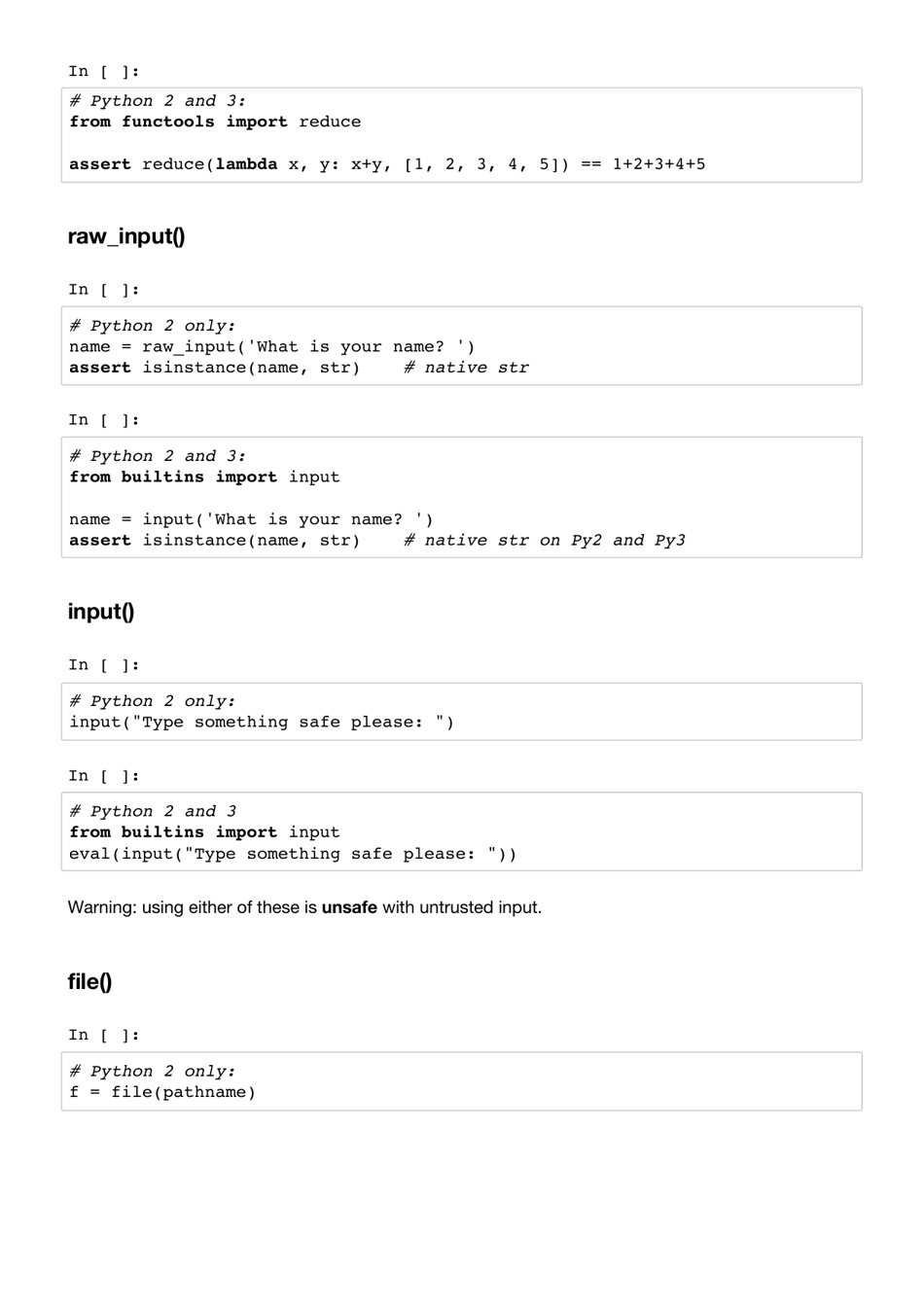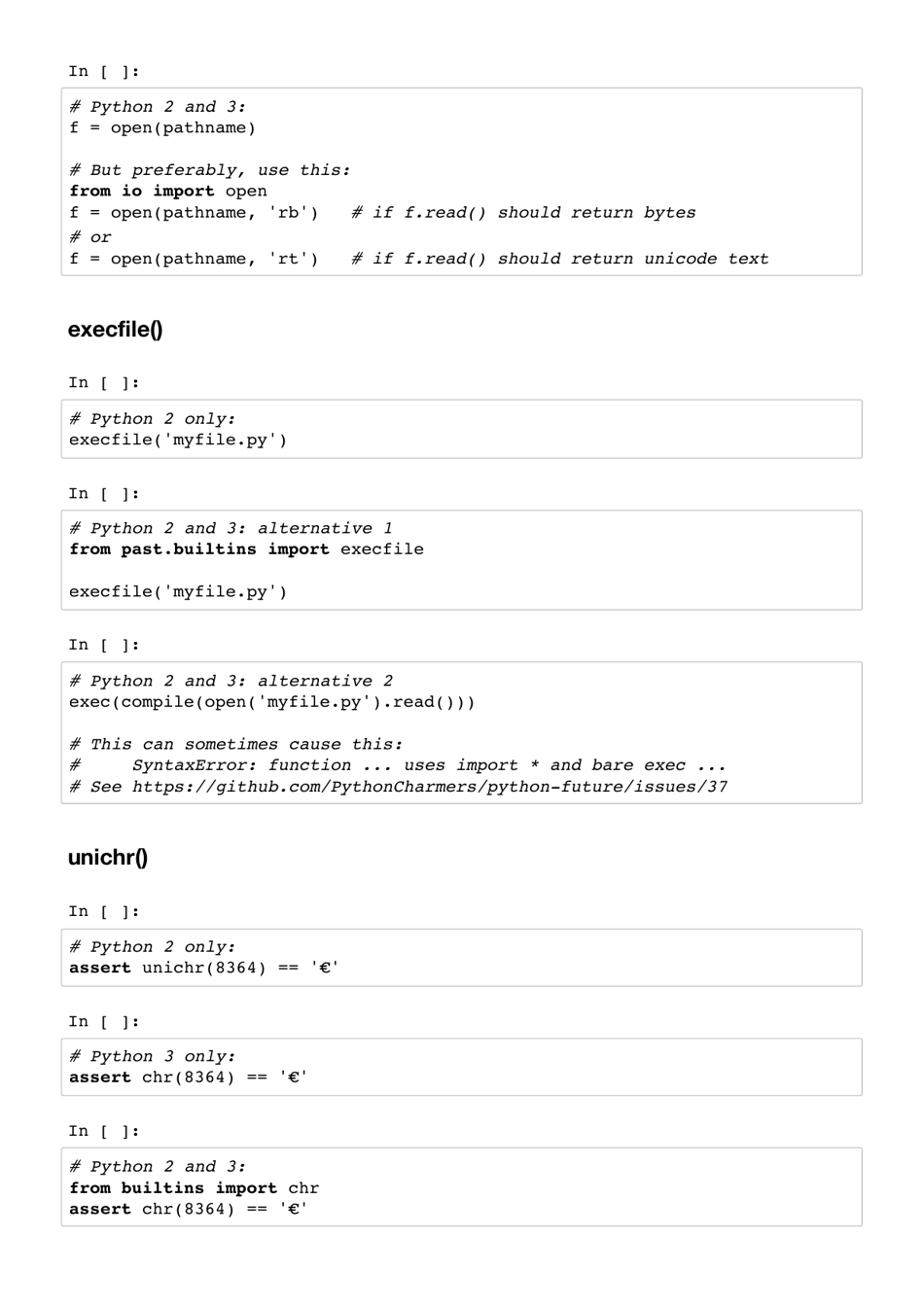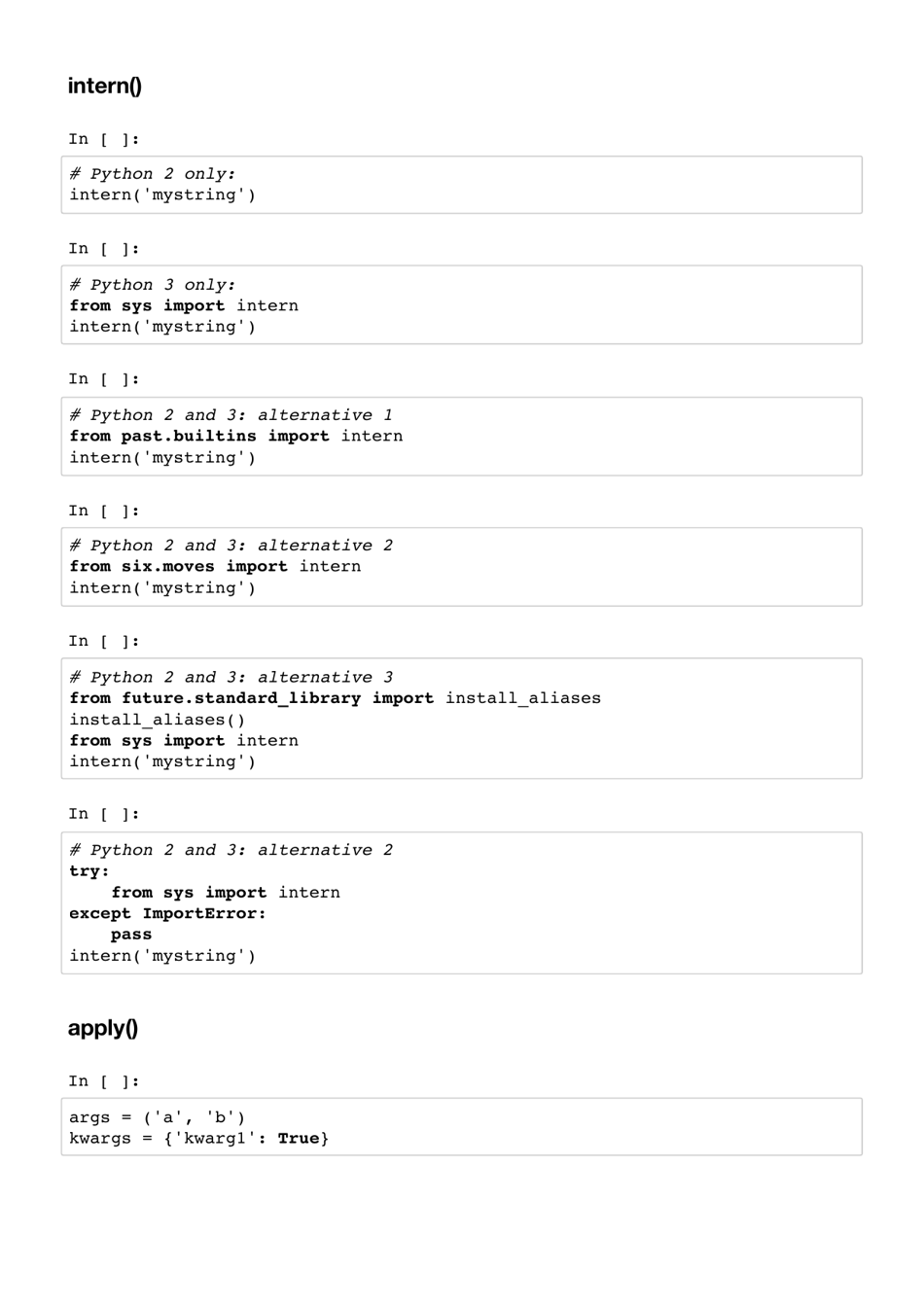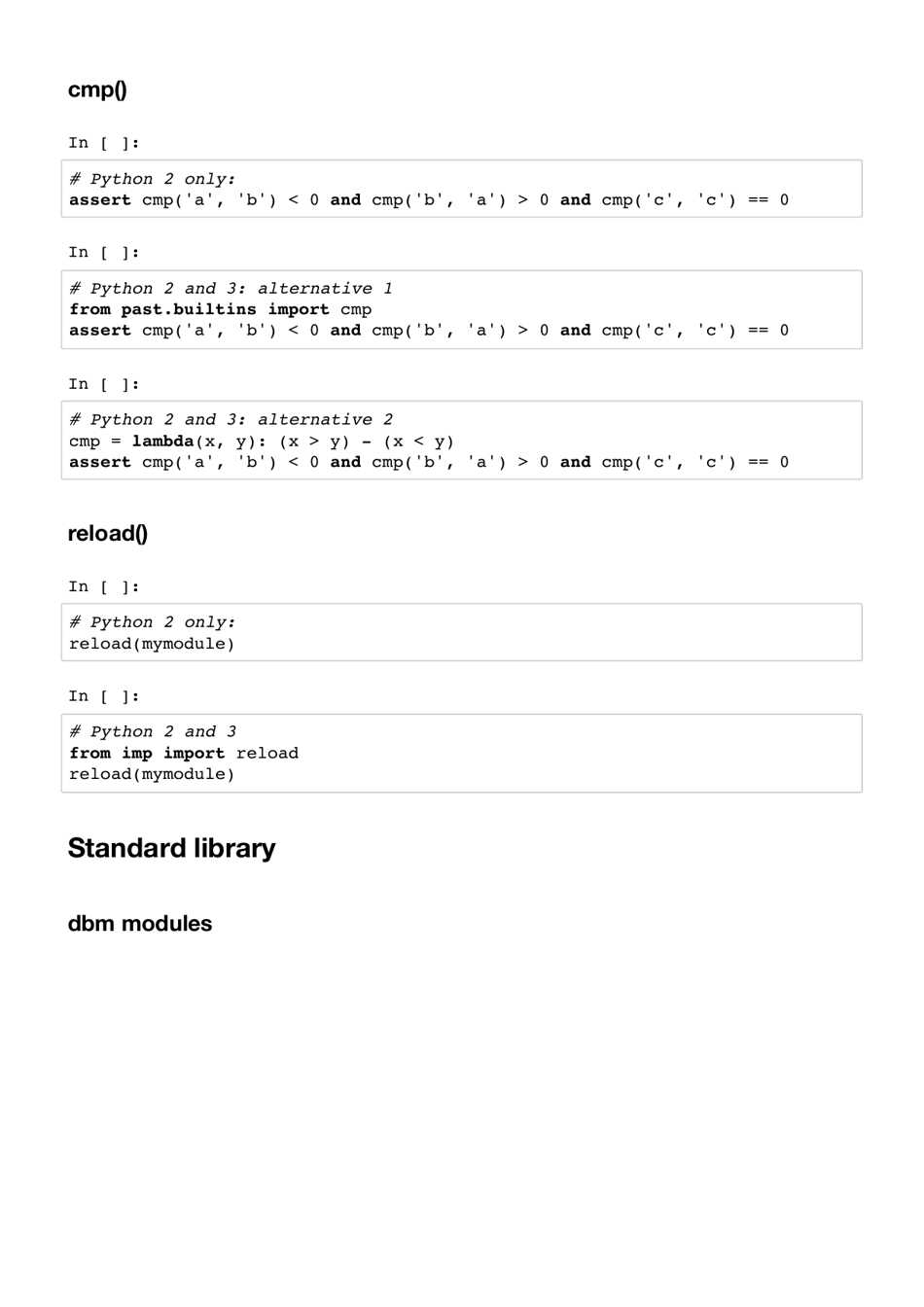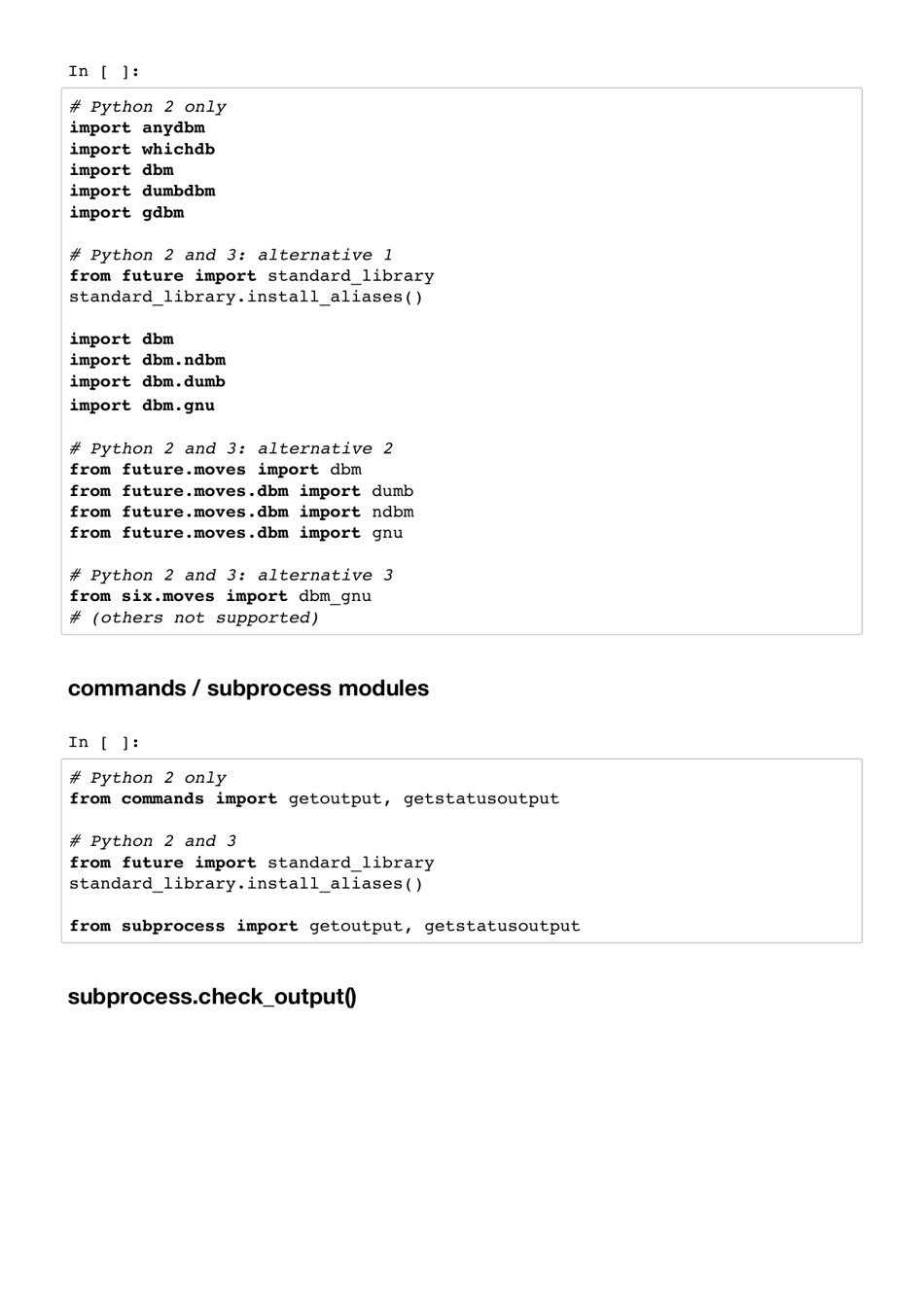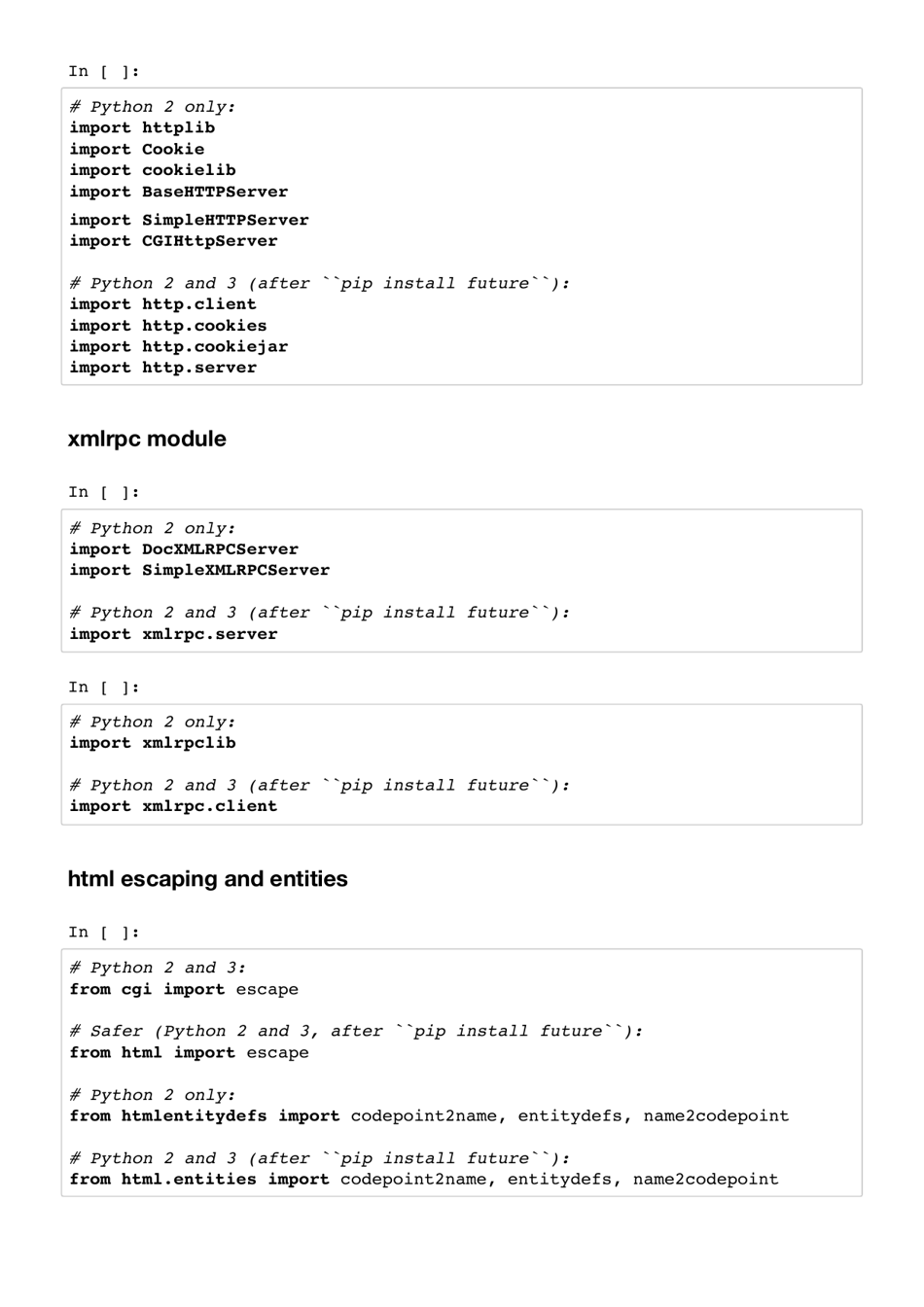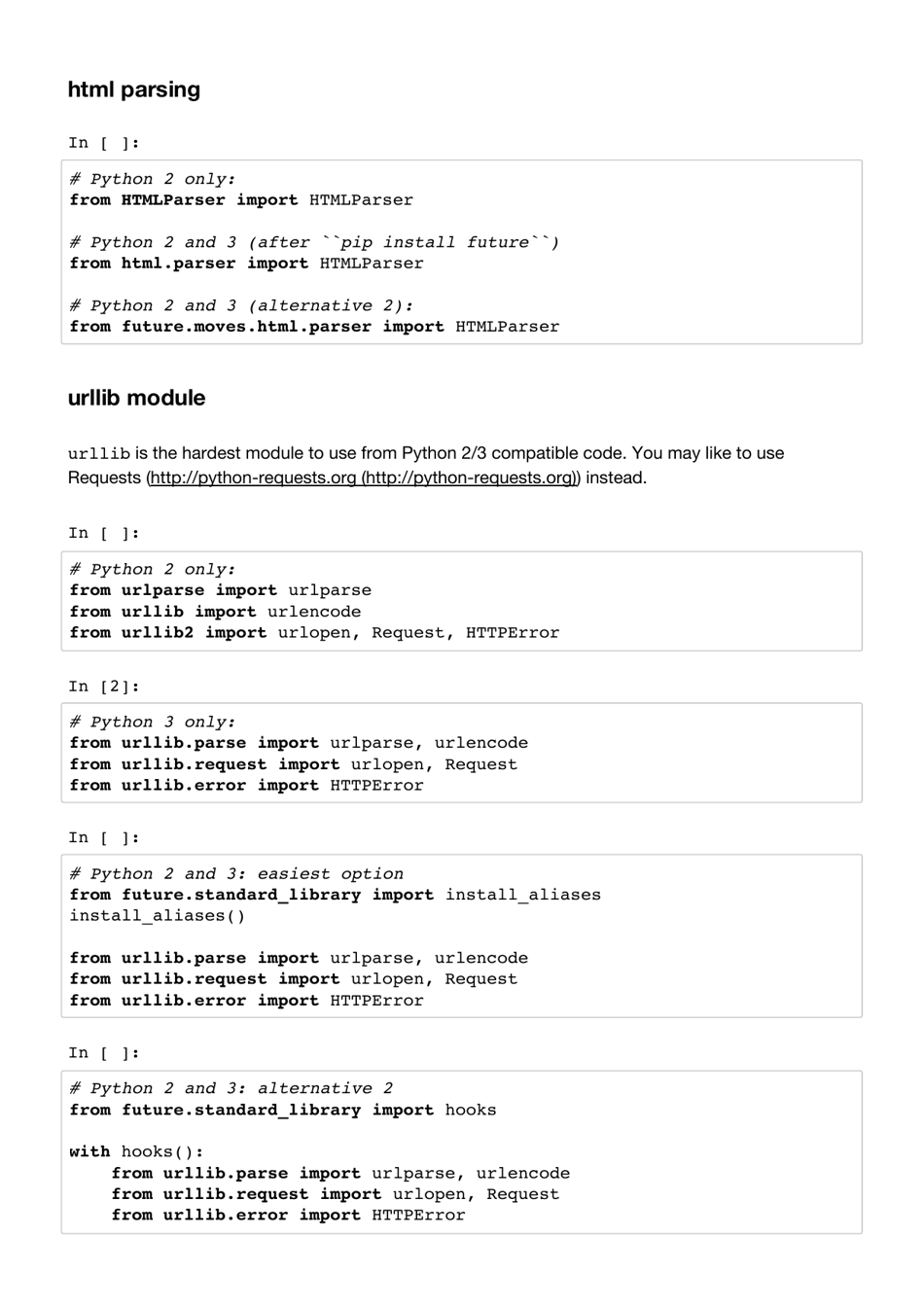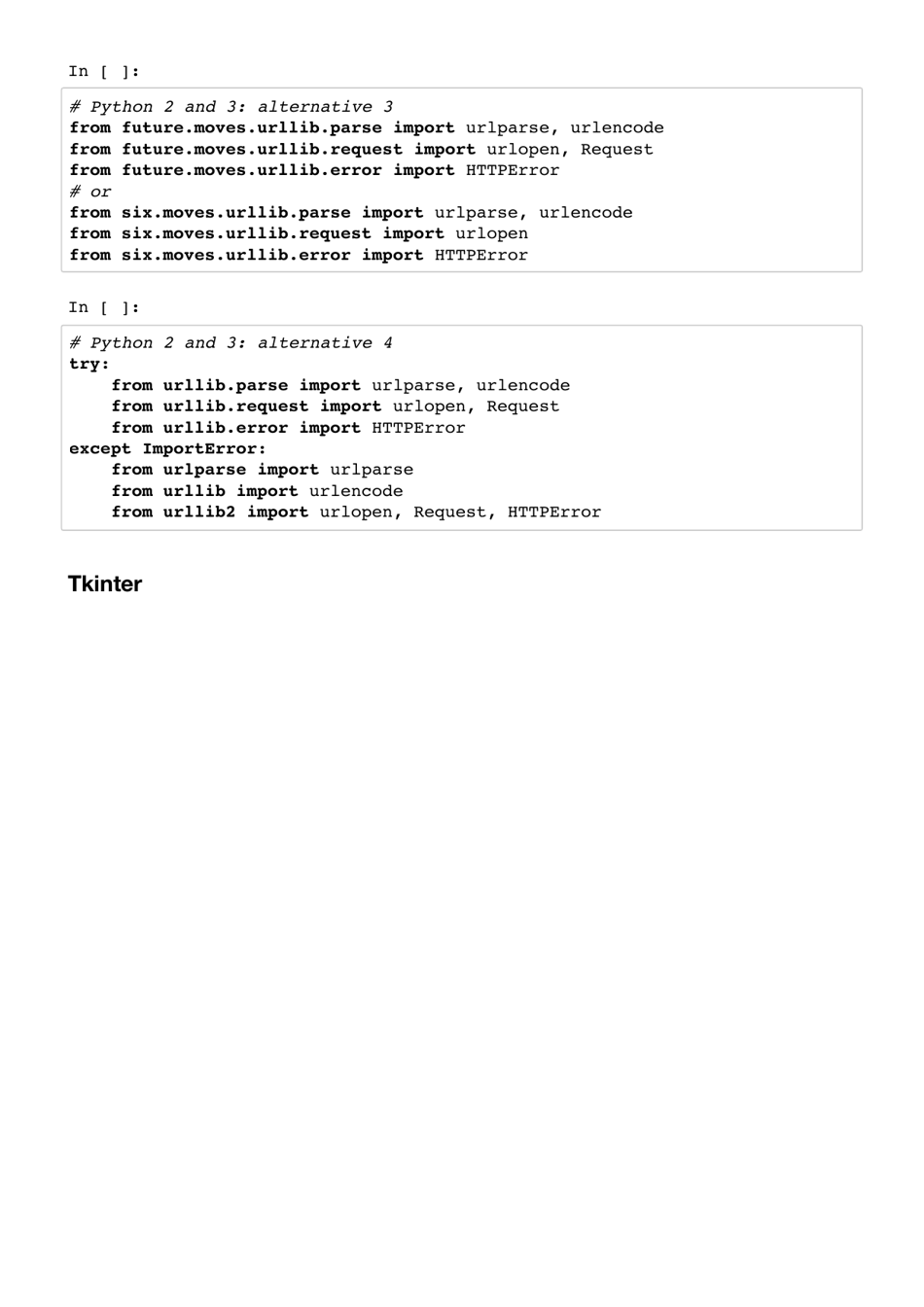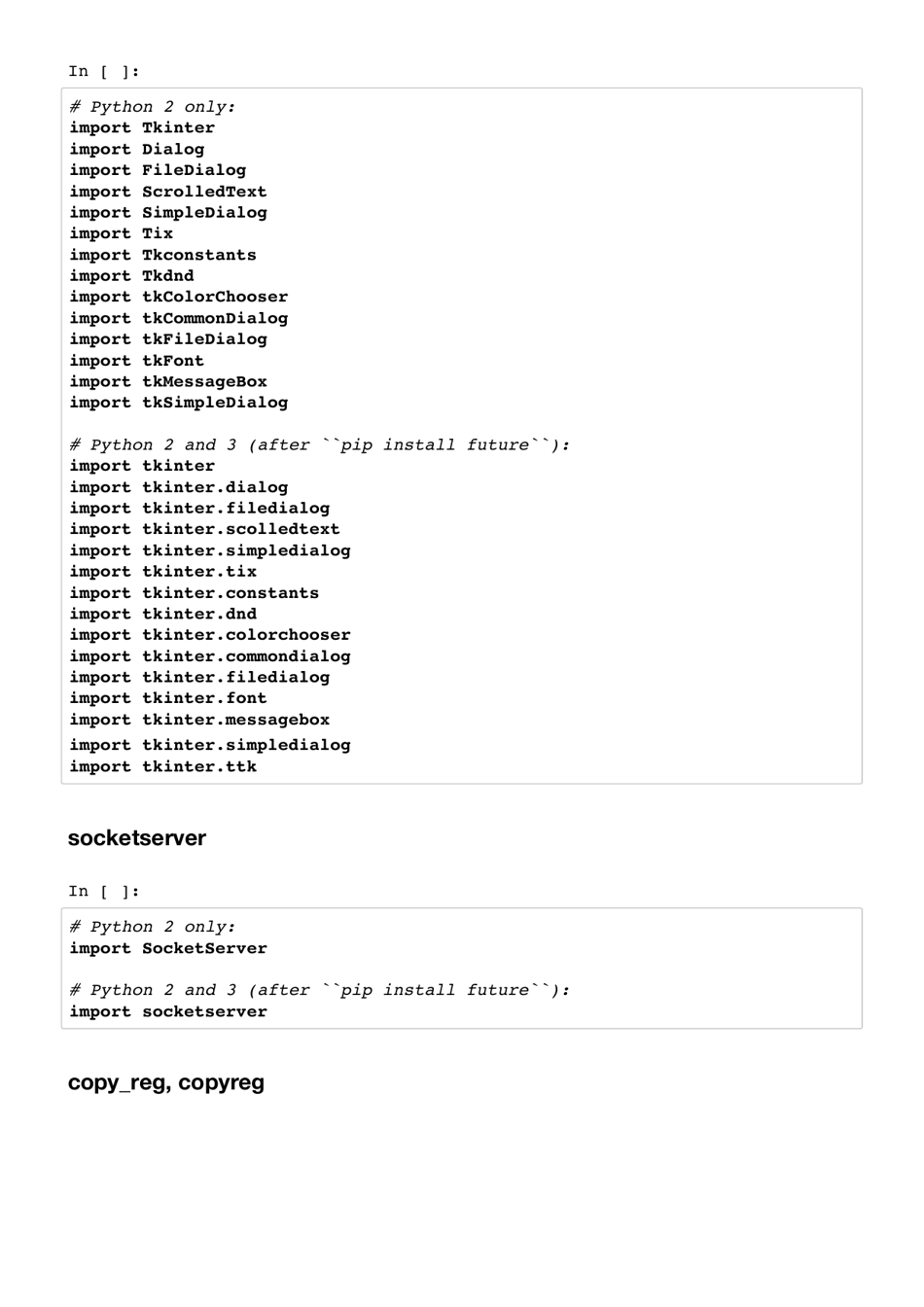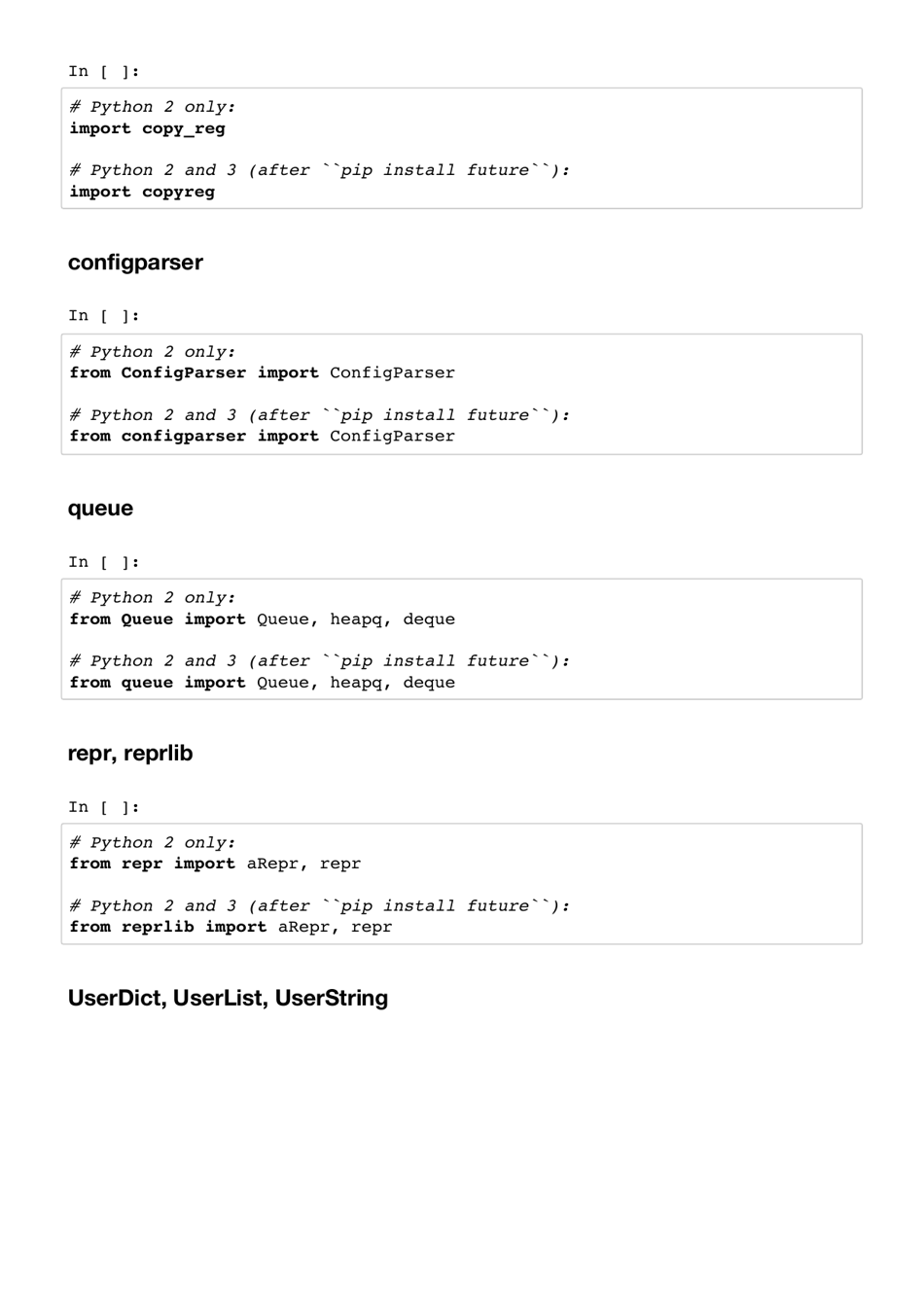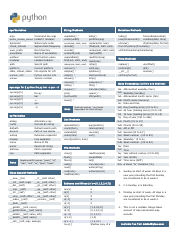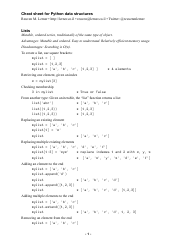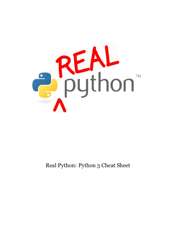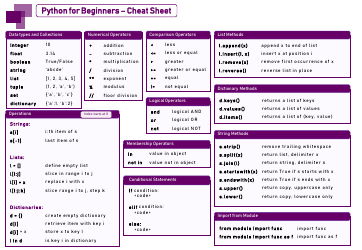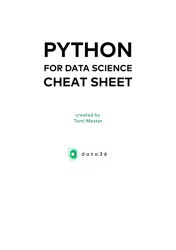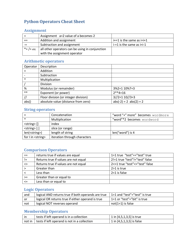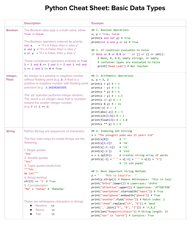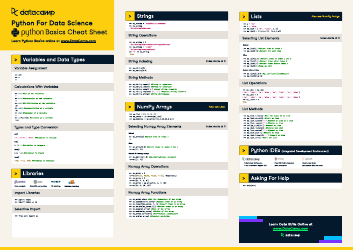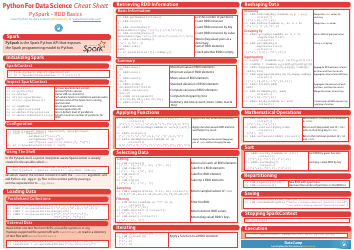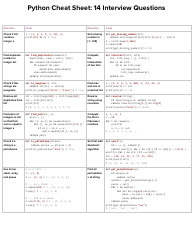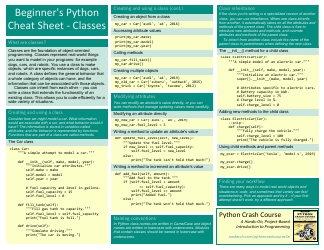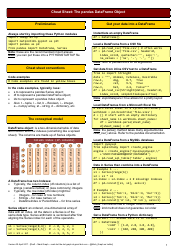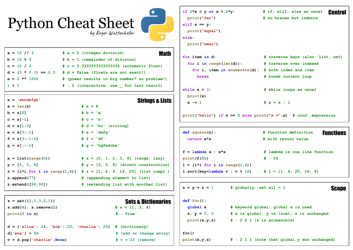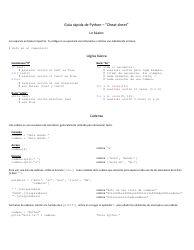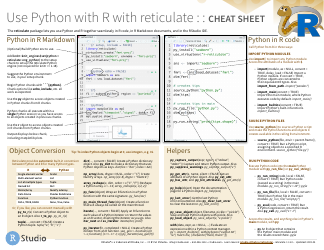Python Cheat Sheet - Writing Python 2-3 Compatible Code
The Python Cheat Sheet - Writing Python 2-3 Compatible Code is a reference guide that provides tips and techniques for writing code that is compatible with both Python 2 and Python 3 versions. It helps developers navigate the differences between the two versions and write code that works on both.
FAQ
Q: What does it mean to write Python 2-3 compatible code?
A: Writing Python 2-3 compatible code means writing code that can run on both Python 2 and Python 3 versions.
Q: Why is it important to write Python 2-3 compatible code?
A: It is important to write Python 2-3 compatible code to ensure that your code can be used by a wider range of users who may be using either Python 2 or Python 3.
Q: What are some differences between Python 2 and Python 3?
A: Some differences between Python 2 and Python 3 include changes in syntax, print statements, and handling of strings and Unicode characters.
Q: What are some strategies for writing Python 2-3 compatible code?
A: Some strategies for writing Python 2-3 compatible code include using the 'six' library, checking the Python version at runtime, and using future imports.
Q: What is the 'six' library?
A: The 'six' library is a popular library that provides compatibility utilities to help write Python code that is compatible with both Python 2 and Python 3.
Q: How can I check the Python version at runtime?
A: You can check the Python version at runtime by using the 'sys' module and accessing the 'sys.version_info' attribute.
Q: What are future imports?
A: Future imports are special import statements that allow you to use certain features of newer Python versions in an older Python version.
Q: Are there any tools available to help with writing Python 2-3 compatible code?
A: Yes, there are several tools available such as '2to3' and 'futurize' that can automatically convert Python 2 code to Python 3 code or provide suggestions for making code compatible.
